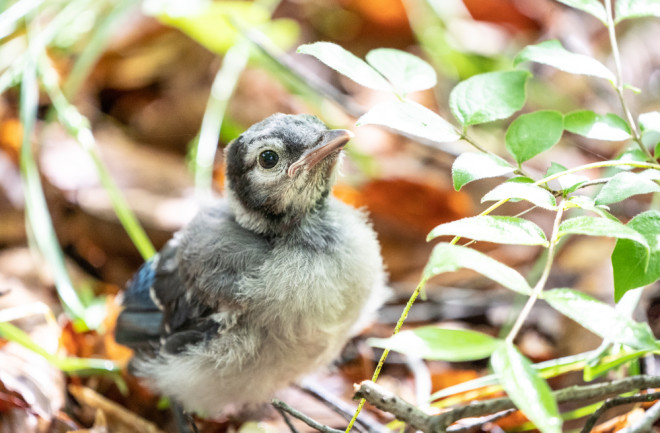When Brian Evans, a bird ecologist at the Smithsonian Migratory Bird Center in Washington D.C., started hearing stories about young birds with crusted-over eyes behaving strangely, he says didn’t think much of it. He sees eye infections pretty often in backyard birds, and “frankly fledglings acting weird isn't that strange either. They're fledglings. They're new to this world, they're gonna act weird.”
Then, over the course of a single day in mid-May, two different neighbors and one of his colleagues showed him the sick birds they’d found — all with crusty eyes and neurological symptoms like seizures, loss of balance and lethargy. He reached out to City Wildlife, a local wildlife rehabilitation center in Washington, D.C, and was shocked to hear that the number of sick birds they’d seen had increased by more than 30 percent in a month. Other wildlife centers said similar things. By the end of May, they had a listserv.
Thousands of cases of mysteriously ill songbirds have now been reported in at least 10 Eastern and Midwestern states. Scientists from federal and state agencies and wildlife health centers are collaborating diligently to determine the cause, and perhaps find a treatment for what has so far proved to be an untreatable malady.

